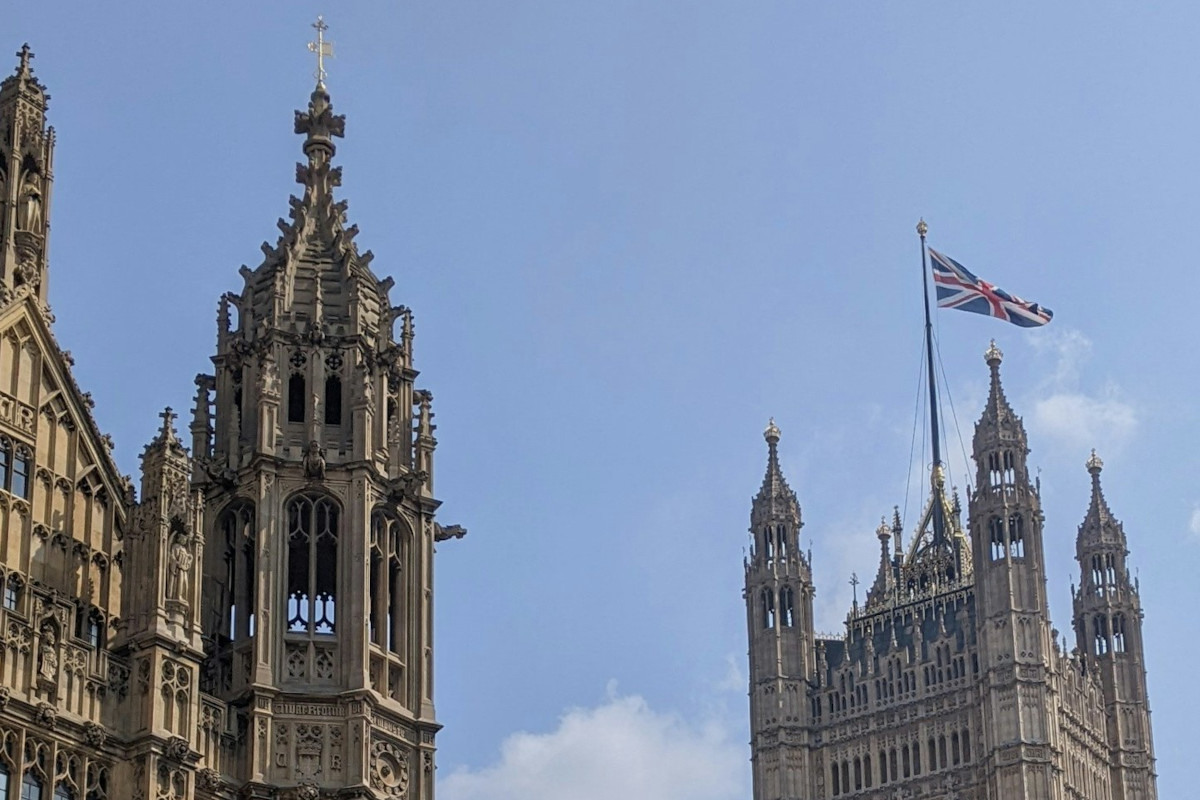EU: Tracking the Pact: Texts of the Asylum Procedure and Eurodac Regulations
Topic
Country/Region
29 January 2024
The laws making up the EU's Pact on Migration and Asylum were agreed in feverish secret meetings between the Council, Commission and Parliament at the end of December. However, they only reached "political agreement" - the actual texts of the different pieces of legislation have since been hammered out in "technical discussions". Statewatch is publishing the consolidated texts of the Asylum Procedure Regulation and the Eurodac Regulation, two of the multiple new laws set to govern asylum and migration in the EU in the years to come.
Support our work: become a Friend of Statewatch from as little as £1/€1 per month.

Image: Council of the EU
The precise content of the law was, apparently, not exactly known to the co-legislators at the time of their "historic agreement" in December, leaving many of those involved in something of a state of confusion.
A press release published by the Belgian Council Presidency last week, following an informal Justice and Home Affairs Council meeting, said:
"Since January, technical discussions on the Pact’s texts have continued with high intensity by both co-legislators and the Commission, and the negotiation teams are working hard in order to translate the political agreement into a formal agreement. At the end of April, from the 28 to 30th and a ministerial conference will be organized specifically in order to put this operationalization of the Pact on track."
Some of the texts that should make up those formal agreements have now begun to emerge, at least within the institutions.
Statewatch is making two of them available to the public: the Asylum Procedure Regulation, which is supposed to set out a common procedure for dealing with claims for international protection in the EU (replacing the Asylum Procedures Directive); and the Eurodac Regulation, which will expand the EU's database for asylum-seekers' fingerprints to a much larger, broader system for capturing fingerprints, photos and other data on irregular migrants, transforming it into a system "for wider migration purposes," for example by storing data on people to facilitate deportations.
- Asylum Procedure Regulation
- Eurodac Regulation
- Consolidated text (pdf)
- Four-column document (pdf)
Our work is only possible with your support.
Become a Friend of Statewatch from as little as £1/€1 per month.
Further reading

Tracking the Pact: Council for detention of families, against legal advice and sibling reunion
A discussion document circulated by the Spanish Presidency of the Council of the EU prior this week's crunch trilogues on new migration and asylum legislation sets out the Council's red lines: families with children should not automatically be excluded from border procedures, and thus may be detained; free legal advice should not be provided to asylum applicants; and siblings should not be considered as family members. The Council also wants to maintain "a menu of derogations as broad as possible."

Tracking the Pact: Human rights disaster in the works as Parliament makes "significant concessions" to Council
Negotiations are close to an end on the new laws that make up the EU's Pact on Migration and Asylum, and the Council - which has consistently favoured rules that will downgrade human rights protections - appears to have largely got its way, according a document circulated by the Spanish Council Presidency yesterday. Amongst other things, the document openly admits that the Council is planning to sideline Parliament's concerns over "potential discrimination based on race."

Europe’s (digital) borders must fall: End the expansion of the EU’s EURODAC database
110 civil society organisations, including Statewatch, are calling for an end to the expansion of EURODAC, the EU database for the registration of asylum-seekers. EURODAC, designed to collect and store migrants’ data, is being transformed into an expansive, violent surveillance tool that will treat people seeking protection as crime suspects. This will include children as young as 6 whose fingerprints and facial images will be integrated into the database.
Spotted an error? If you've spotted a problem with this page, just click once to let us know.
